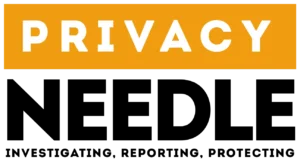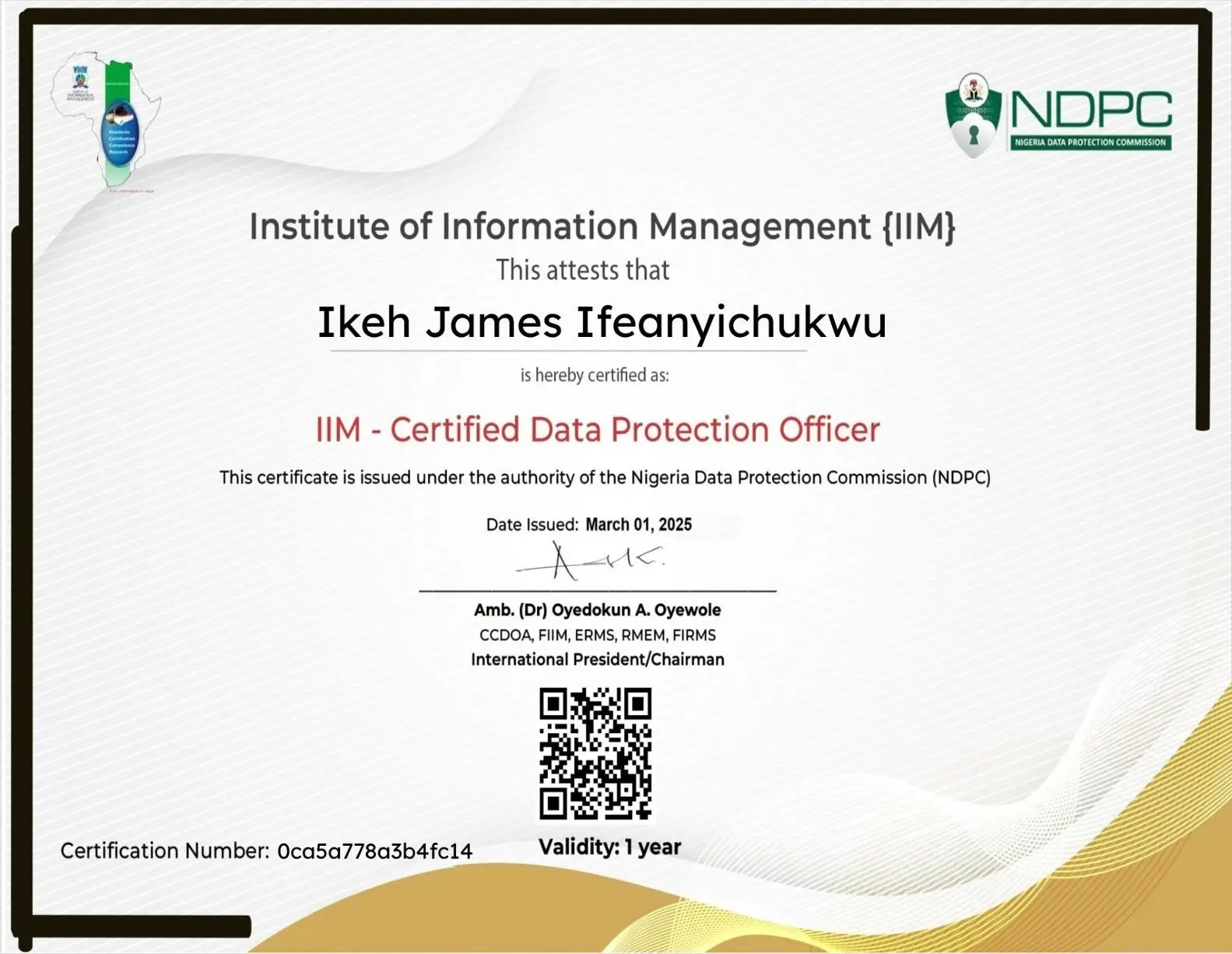Essential Data Security Measures for Compliance and Cyber Defense | download (PDF)
Share

In an era of sophisticated cyber threats, no organization can afford to treat data security as optional. From ransomware to insider leaks, the cost of a single breach can be devastating — not just financially but reputationally and legally.
Regulators around the world are tightening enforcement. The GDPR, Nigerian NDPA, CCPA, and other frameworks now require organizations to demonstrate that they have taken “appropriate technical and organizational measures” to protect personal data.
This article explores the essential data security measures every business needs — to stay compliant, safeguard customer trust, and build long-term cyber resilience.
Why Data Security Is Central to Compliance
Modern data privacy regulations treat data security as a foundational pillar of compliance. In short, you can’t be compliant if your data is not secure.
| Regulation | Key Requirement | Implication |
|---|---|---|
| GDPR (EU) | Article 32: Appropriate technical and organizational measures | Encryption, access control, regular testing |
| NDPA (Nigeria) | Section 24(1)(b): Safeguard against accidental loss or unlawful access | Requires documented security programs |
| CCPA (California) | Duty to protect consumer data and prevent unauthorized disclosure | Emphasizes breach notification and preventive security |
| ISO 27001 | Continuous risk management and control framework | Ideal for demonstrating compliance and due diligence |
Failing to implement strong security can lead to multi-million-dollar fines — and more importantly, a complete collapse of customer confidence.
The Core Pillars of Strong Data Security
1. Data Classification and Access Control
You can’t protect what you don’t know.
- Inventory and categorize data based on sensitivity.
- Use role-based access control (RBAC) to ensure only authorized staff can access critical systems.
- Implement zero trust architecture — verify every request, even inside your network.
Real example: A financial firm in Lagos prevented a major breach when RBAC policies blocked a compromised employee account from accessing high-value datasets.
2. Encryption (At Rest and In Transit)
Encryption remains the gold standard for protecting sensitive data.
- At rest: Encrypt databases, drives, and backups with AES-256 or stronger.
- In transit: Use TLS 1.3 for all communications.
- Key management: Store encryption keys separately and rotate them regularly.
Case Study: In 2023, an e-commerce platform’s encrypted backup was stolen during a cloud attack. Because the data was encrypted with strong AES keys, the breach resulted in zero data exposure — and regulators did not impose fines.
3. Multi-Factor Authentication (MFA)
Passwords alone are no longer enough. Implement MFA for all administrative and privileged accounts.
- Use hardware tokens or authenticator apps instead of SMS (to avoid SIM swap attacks).
- Combine MFA with adaptive risk detection — flag login attempts from new devices or geographies.
4. Data Backup and Recovery Plans
Compliance frameworks such as ISO 27001 and NIST CSF require proven recovery capabilities.
- Maintain regular, encrypted backups stored off-site.
- Test restoration periodically.
- Follow the 3-2-1 rule: three copies of data, on two different media, with one off-site.
A manufacturing company that faced ransomware recovered within hours because its backups were isolated, current, and tested.
5. Security Awareness and Insider Threat Management
Employees are the most common entry point for attackers.
- Conduct quarterly phishing simulations and awareness sessions.
- Enforce least privilege access — staff should only access data required for their role.
- Monitor for abnormal behavior, downloads, or data transfers.
6. Patch Management and Vulnerability Scanning
Outdated software is a hacker’s best friend.
- Automate patch deployment for OS, databases, and web servers.
- Use vulnerability scanners and penetration tests to identify and fix gaps.
- Maintain a CVE tracking system to stay updated on new threats.
7. Incident Response and Breach Management
Even the best systems can fail — what matters is your response speed.
A sound incident response plan includes:
- A designated response team (technical + legal + communications).
- Defined response timelines and escalation paths.
- Evidence preservation and forensic documentation.
- Notification processes for regulators and affected users (within 72 hours under GDPR).
Practical Compliance Alignment Table
| Security Measure | Compliance Framework | Purpose |
|---|---|---|
| Encryption | GDPR Art. 32, NDPA S.24 | Data confidentiality |
| MFA & Access Control | ISO 27001, NIST | Prevent unauthorized access |
| Backup & Recovery | NIST CSF, PCI DSS | Business continuity |
| Awareness Training | NDPA, GDPR | Human-layer protection |
| Incident Response | GDPR, CCPA | Breach containment & reporting |
Common Mistakes That Undermine Data Security
- Collecting too much data (violates data minimization principle)
- Storing passwords in plaintext
- Not encrypting backups
- Relying solely on antivirus tools
- No clear ownership of cybersecurity tasks
- Ignoring insider threats
Real-World Example: A Costly Lesson
In 2022, a mid-size healthcare provider in the U.S. suffered a ransomware attack that exposed patient records. Investigation revealed:
- No MFA for admin accounts
- Unpatched VPN vulnerability
- Unencrypted backups
The result: $3.5M in recovery costs and regulatory fines under HIPAA and state laws. A few simple controls could have prevented the breach entirely.
FAQs
Q1. What’s the difference between data privacy and data security?
Data privacy defines how data should be collected and used. Data security ensures that data — however collected — is protected from unauthorized access or misuse.
Q2. Is encryption mandatory for compliance?
Not always mandatory, but regulators view it as a key safeguard. Using encryption can significantly reduce liability in case of a breach.
Q3. How often should companies test their security measures?
At least quarterly. Continuous testing (via penetration tests or red-team simulations) is best practice for regulated sectors.
Q4. How can small businesses afford robust cybersecurity?
Start with scalable basics: MFA, backups, encryption, and cloud security features. Many compliance tools now offer affordable managed solutions.
Conclusion
Strong data security isn’t just an IT requirement — it’s the foundation of compliance, business continuity, and brand trust.
By combining encryption, access control, training, and an effective incident response plan, organizations can stay resilient against both regulatory scrutiny and evolving cyber threats.
In today’s environment, data security is compliance — and both are essential for sustainable growth.


























Leave a Reply